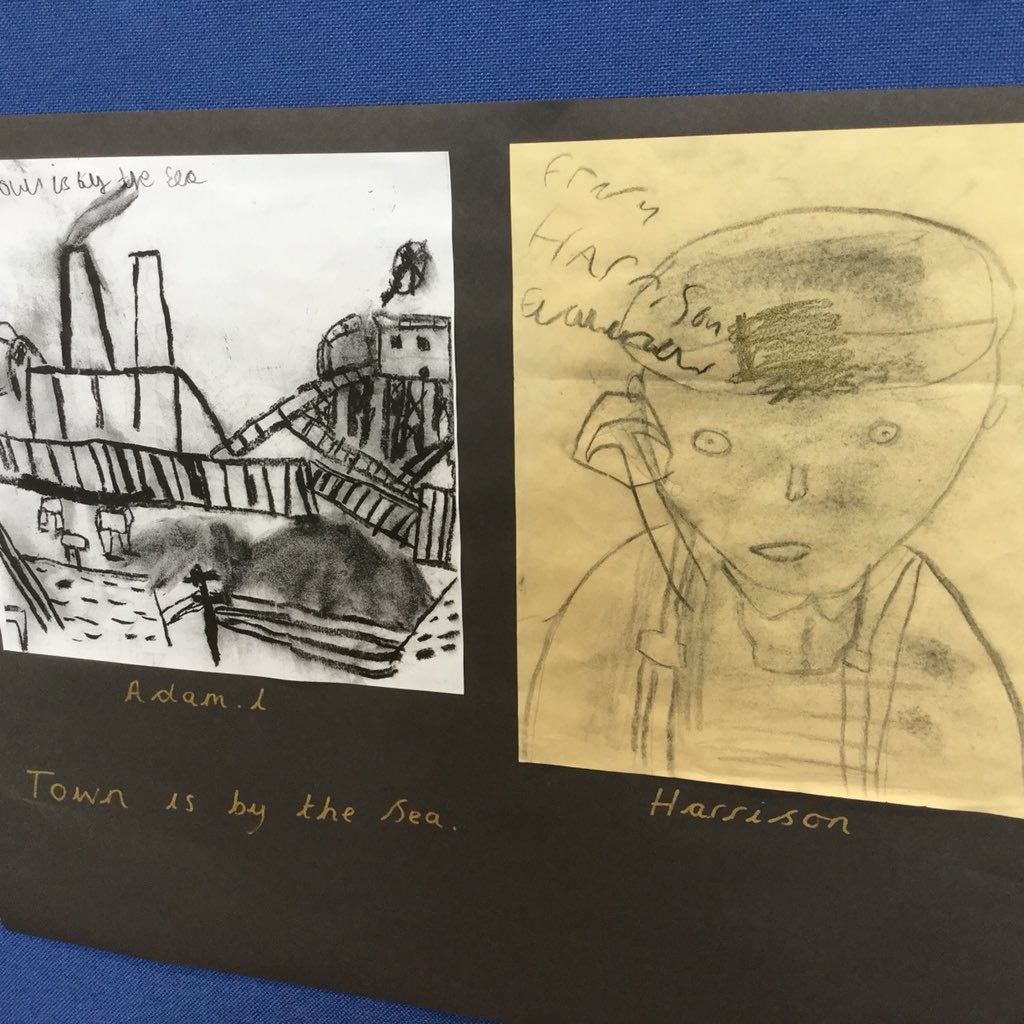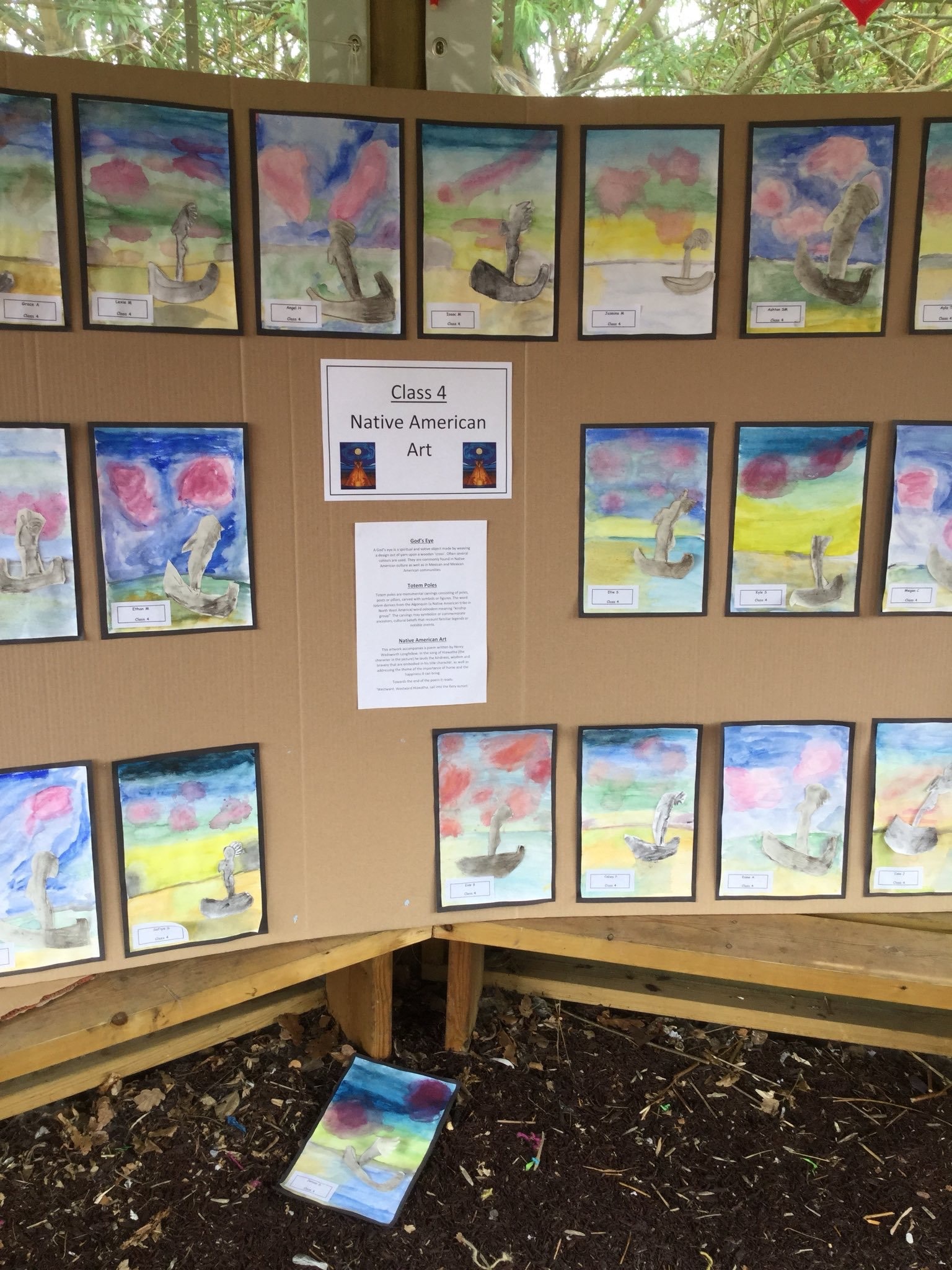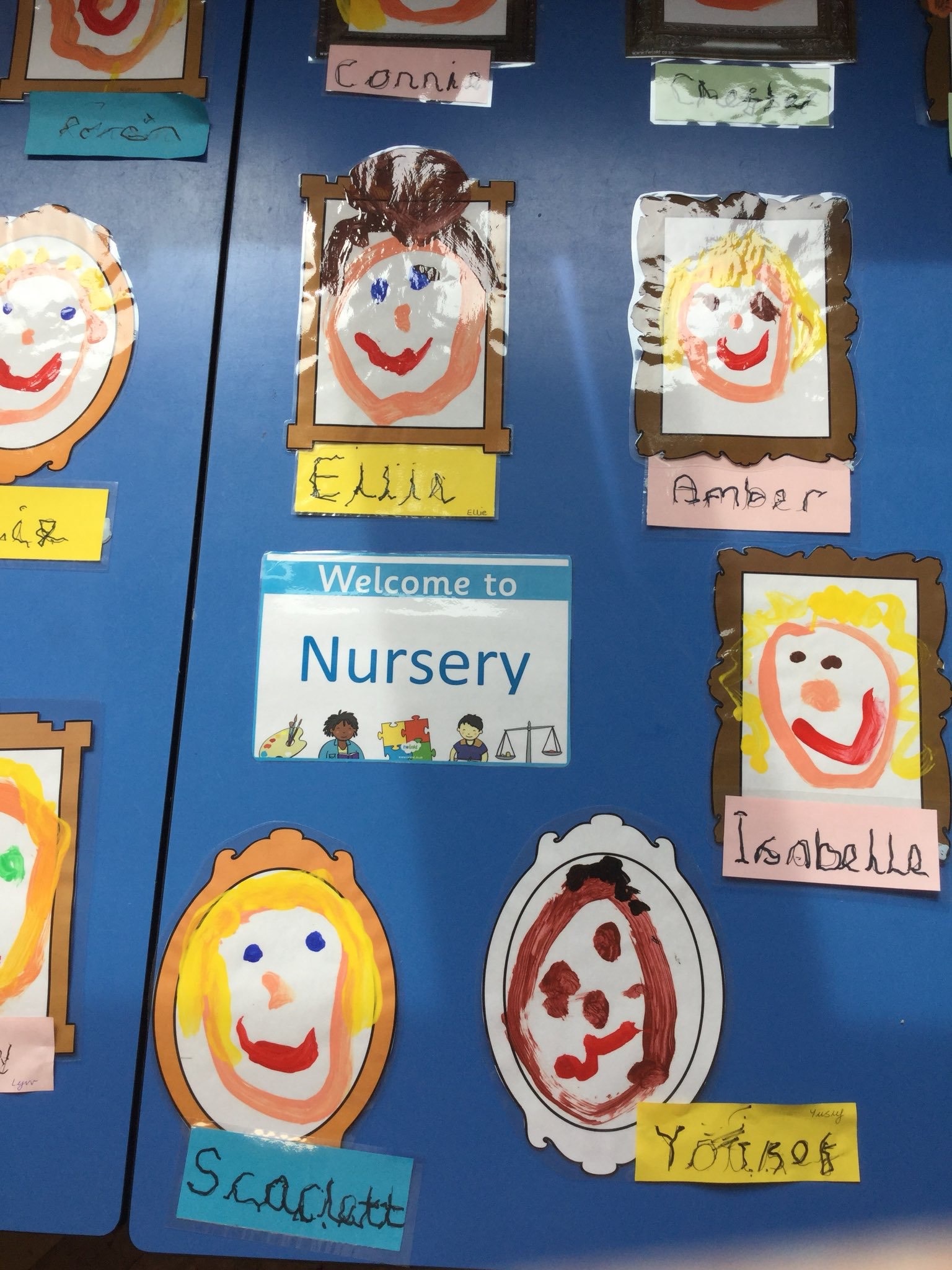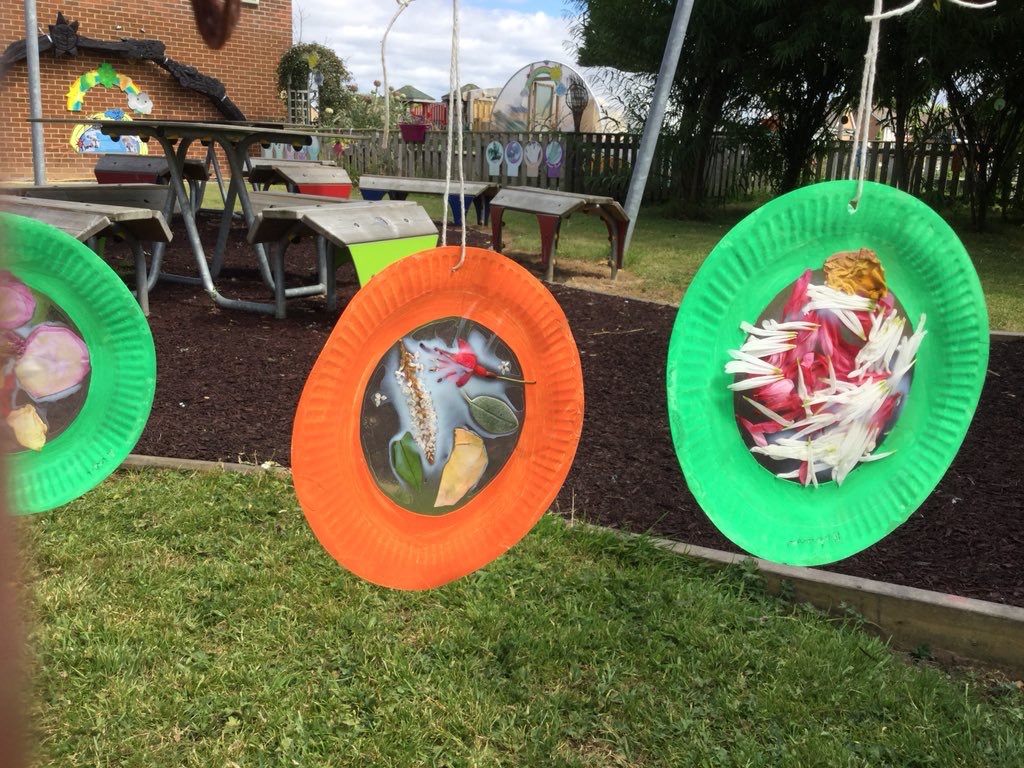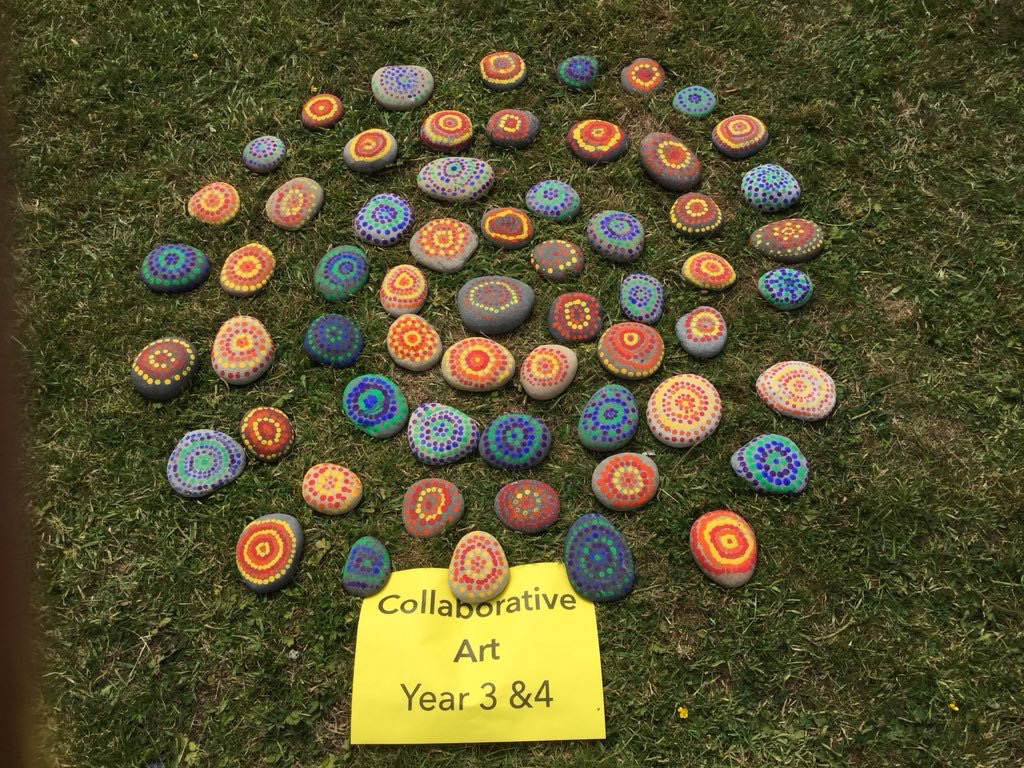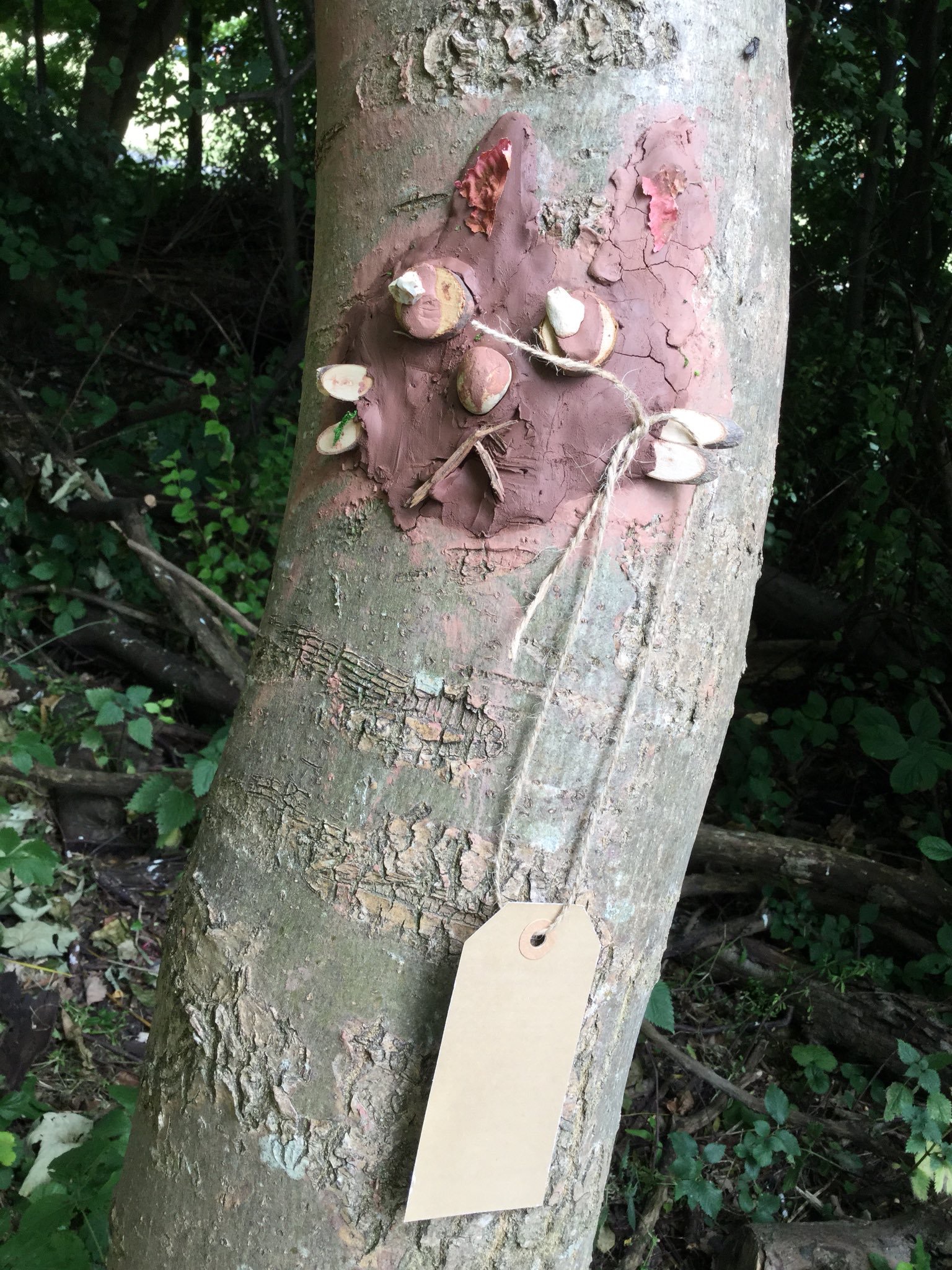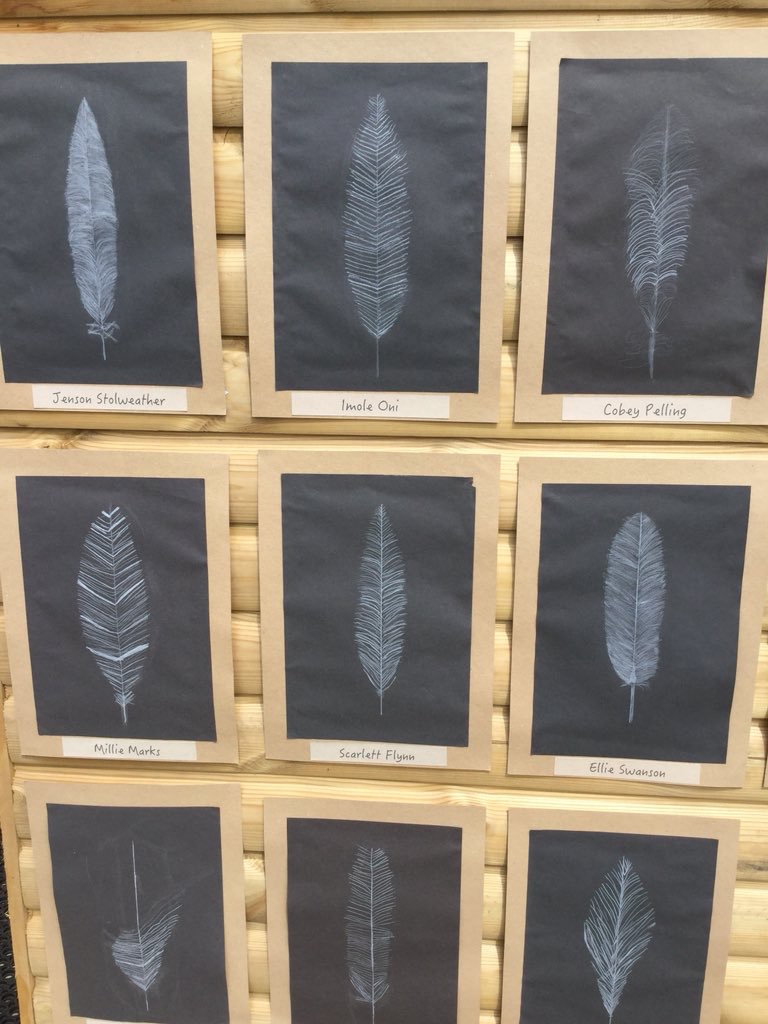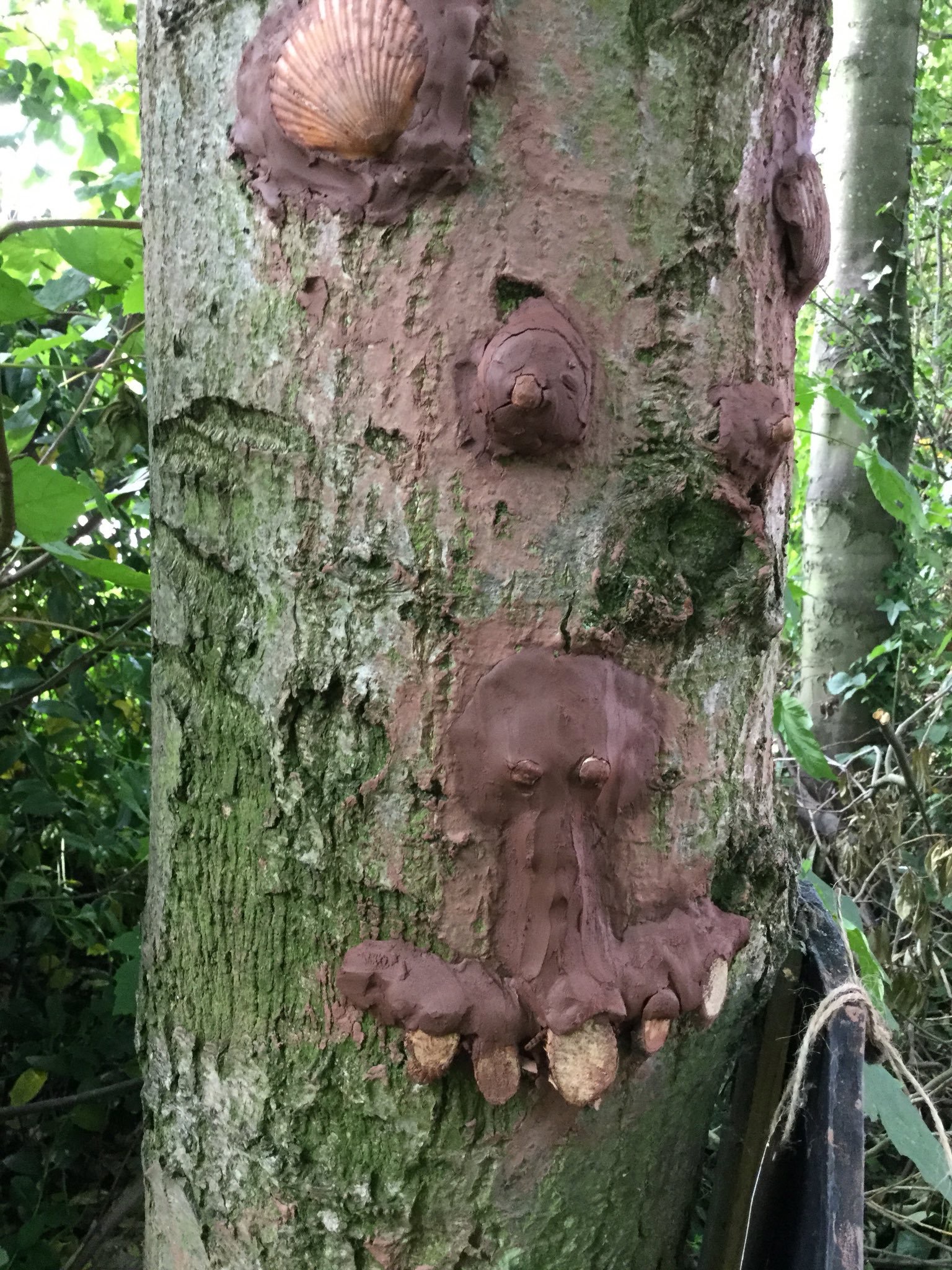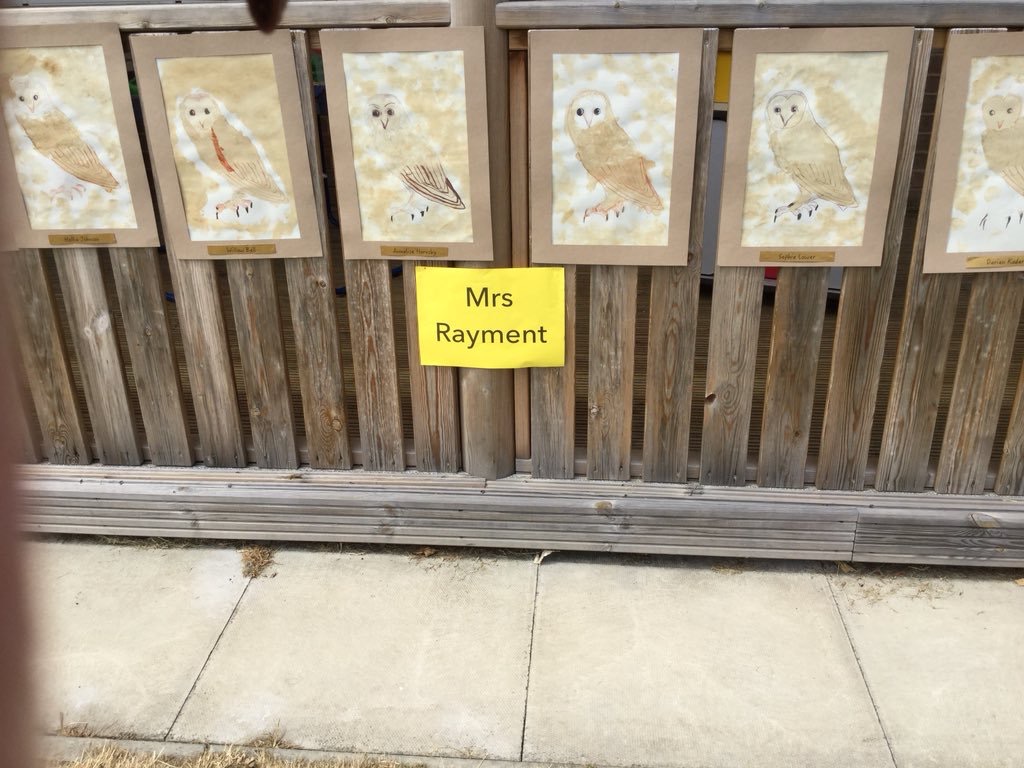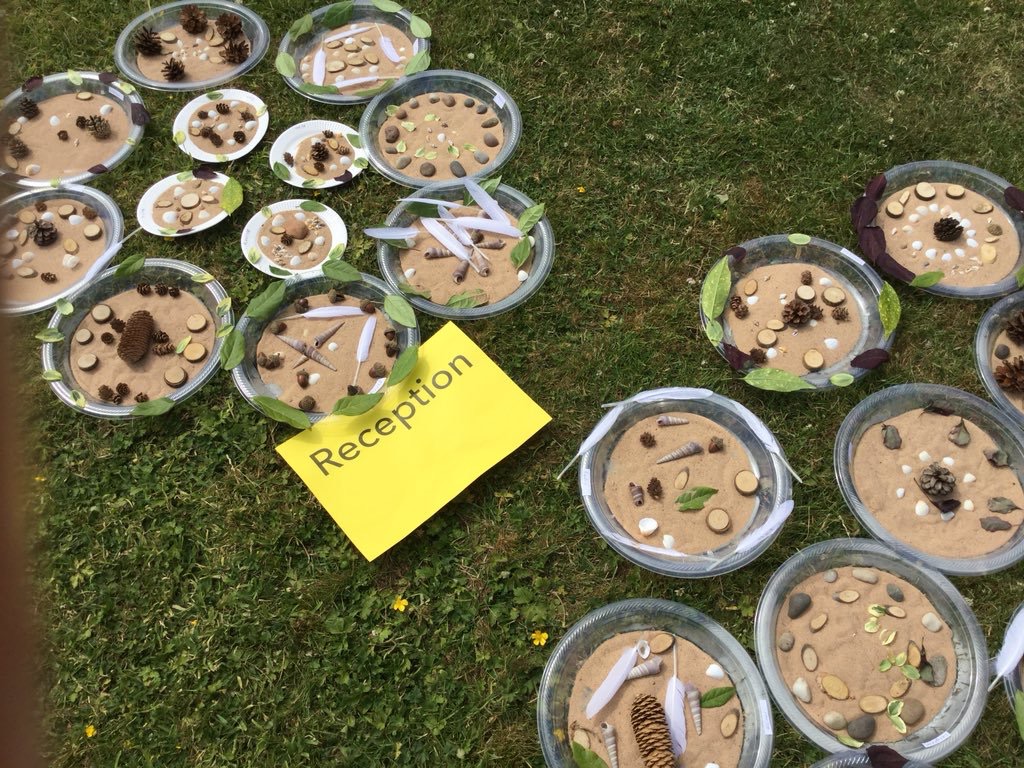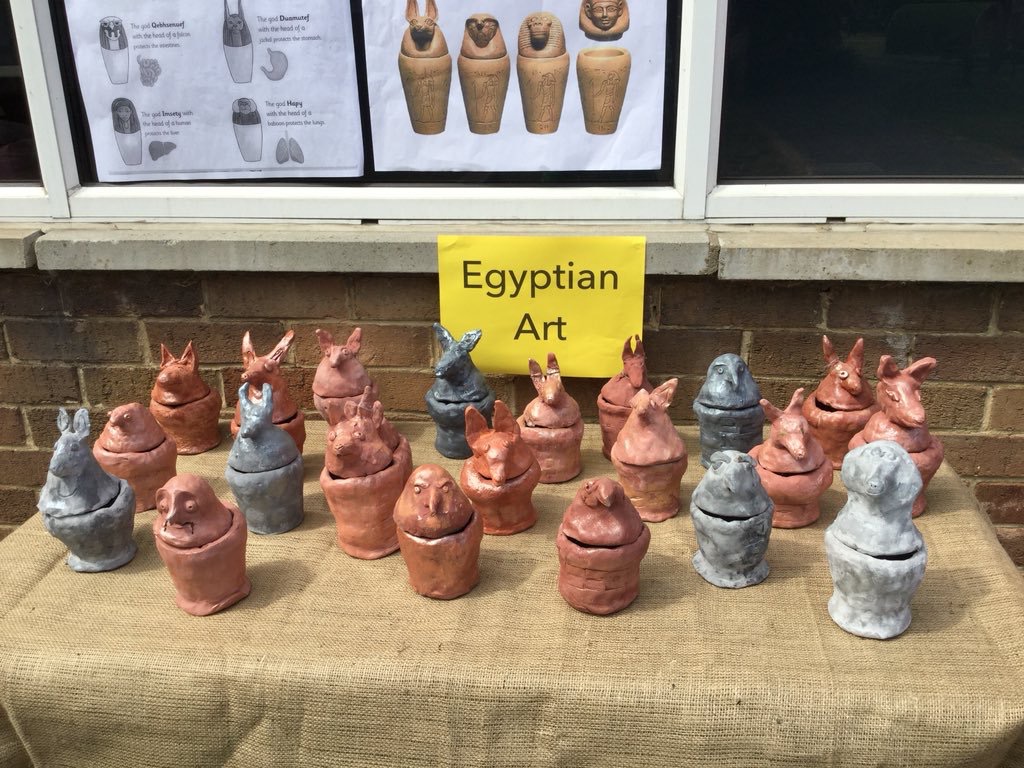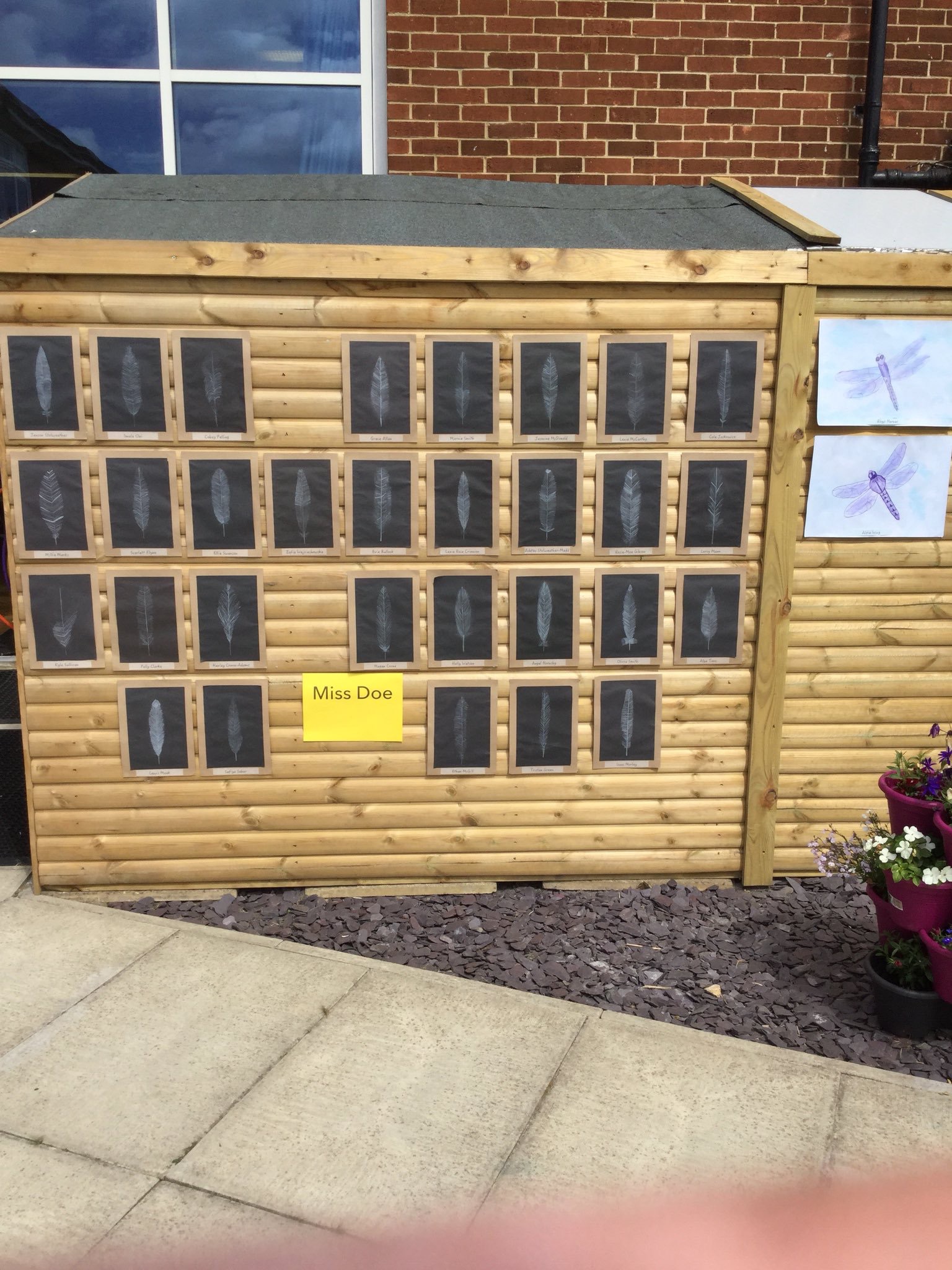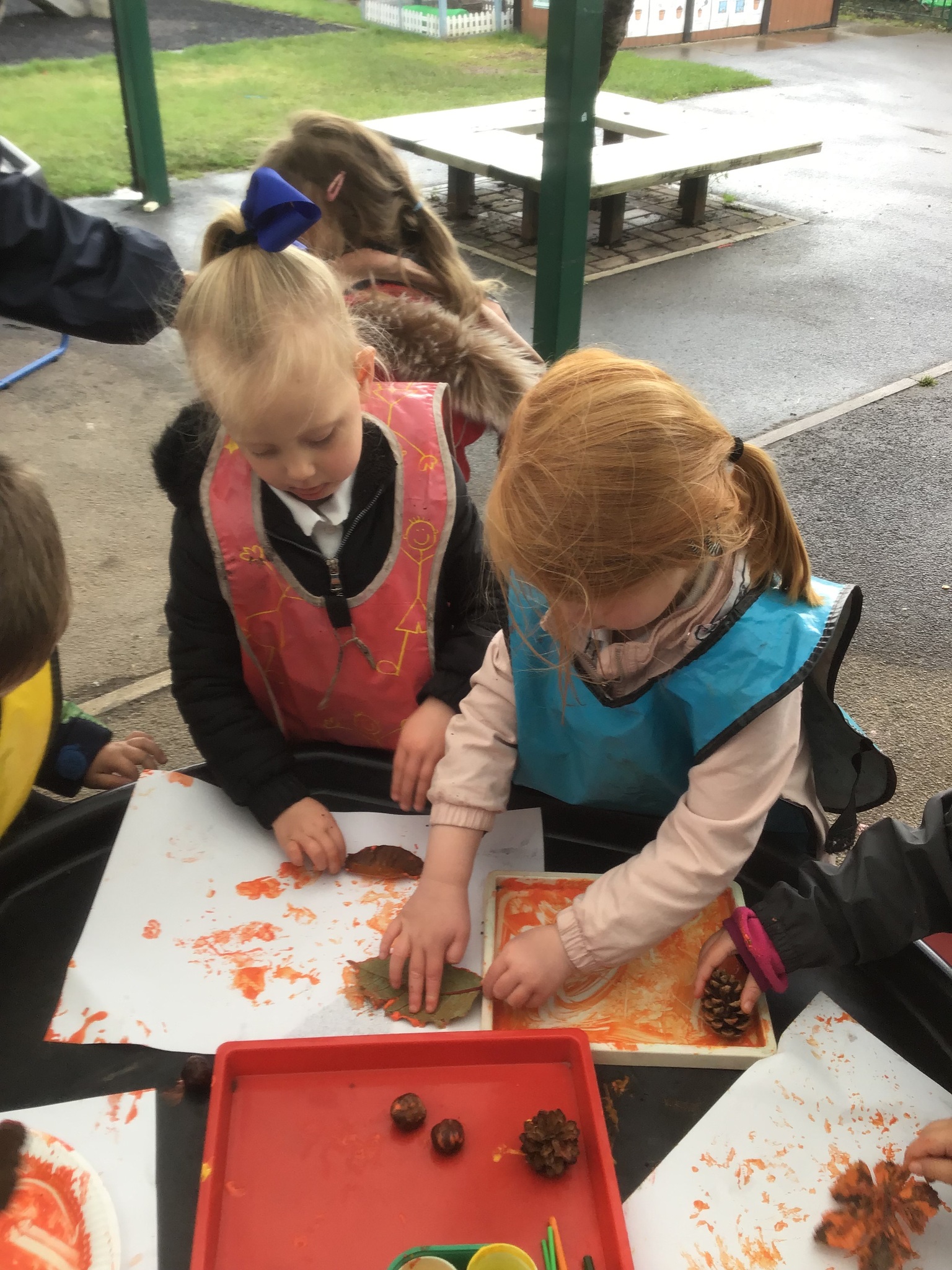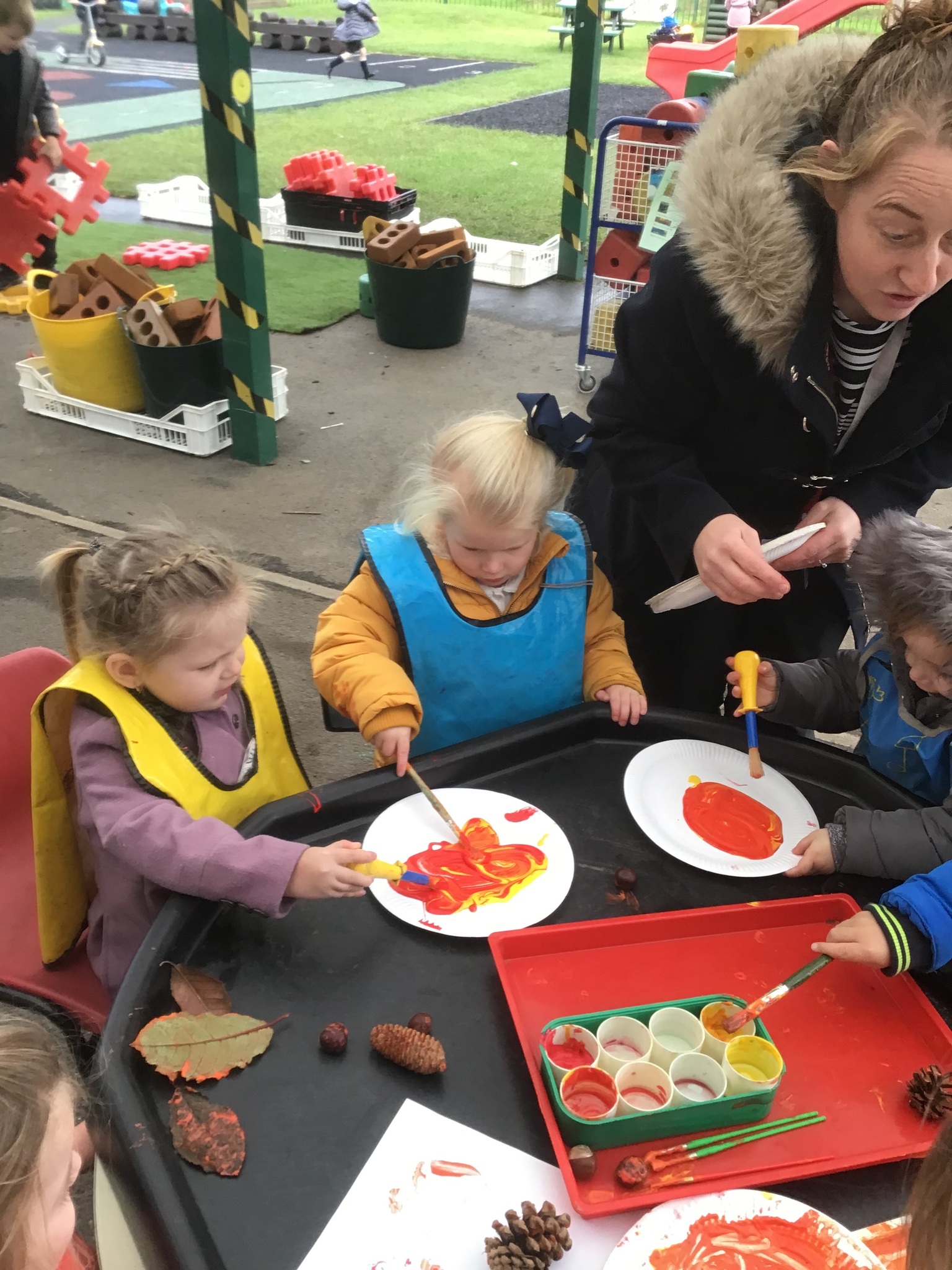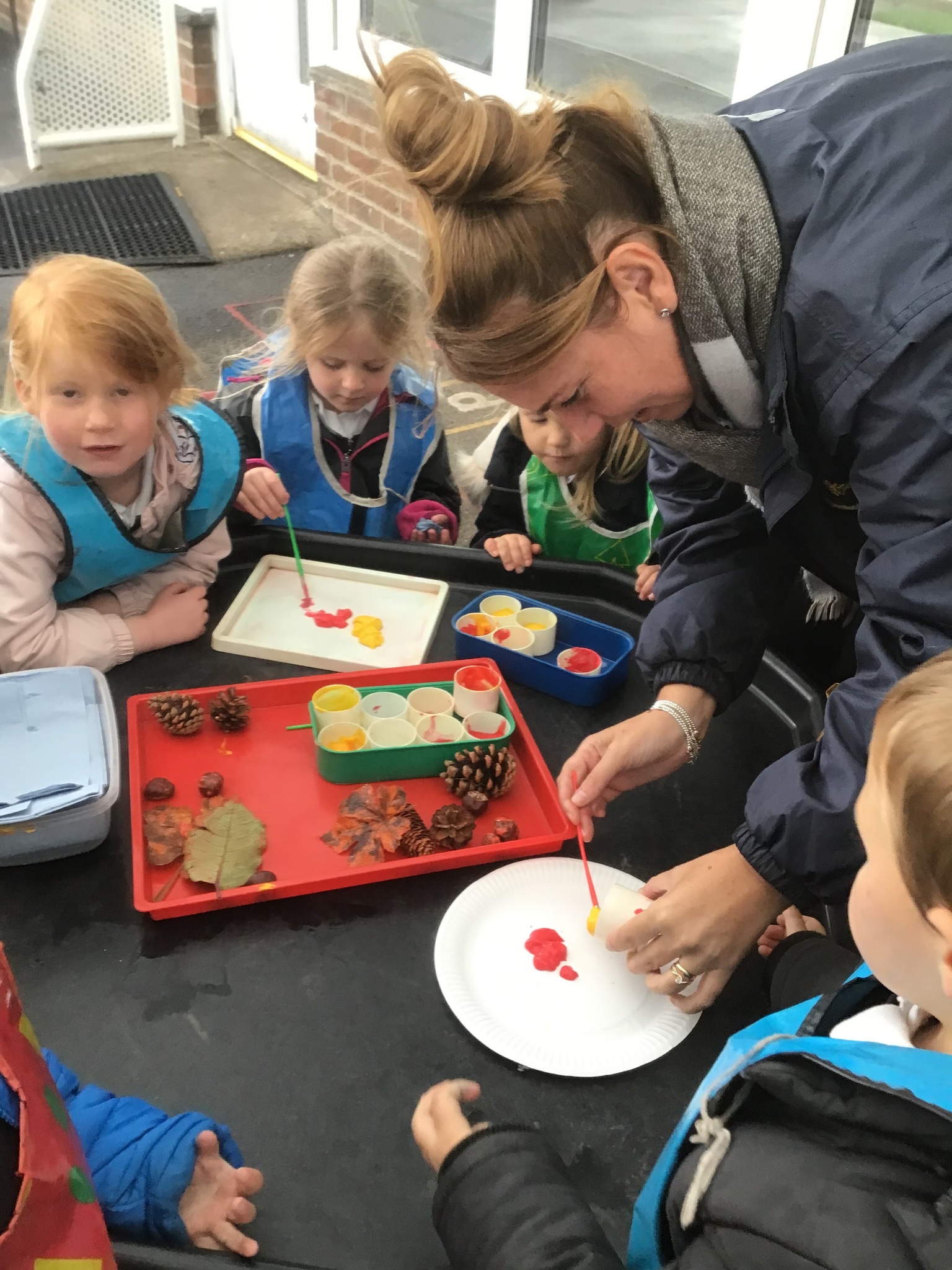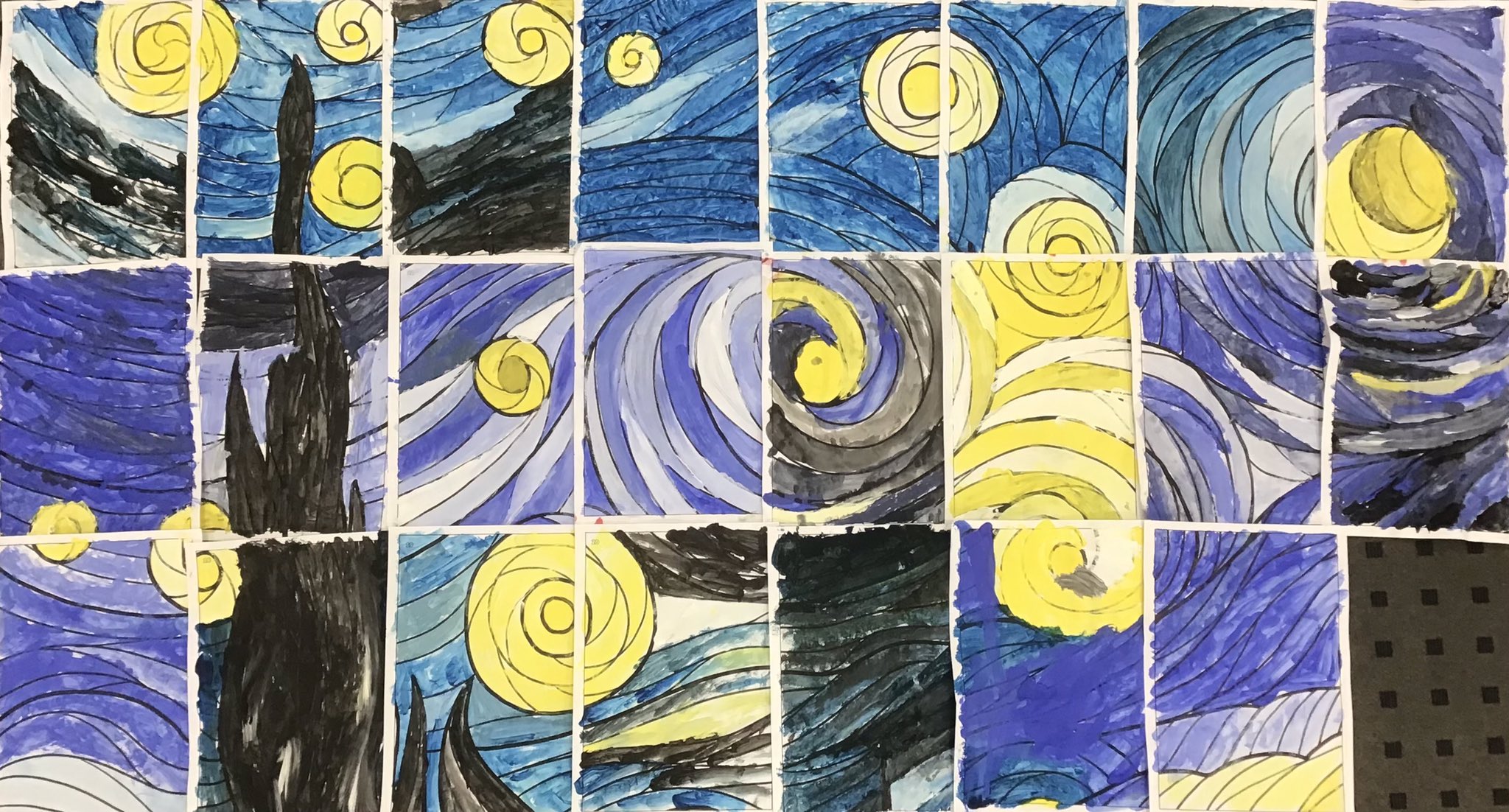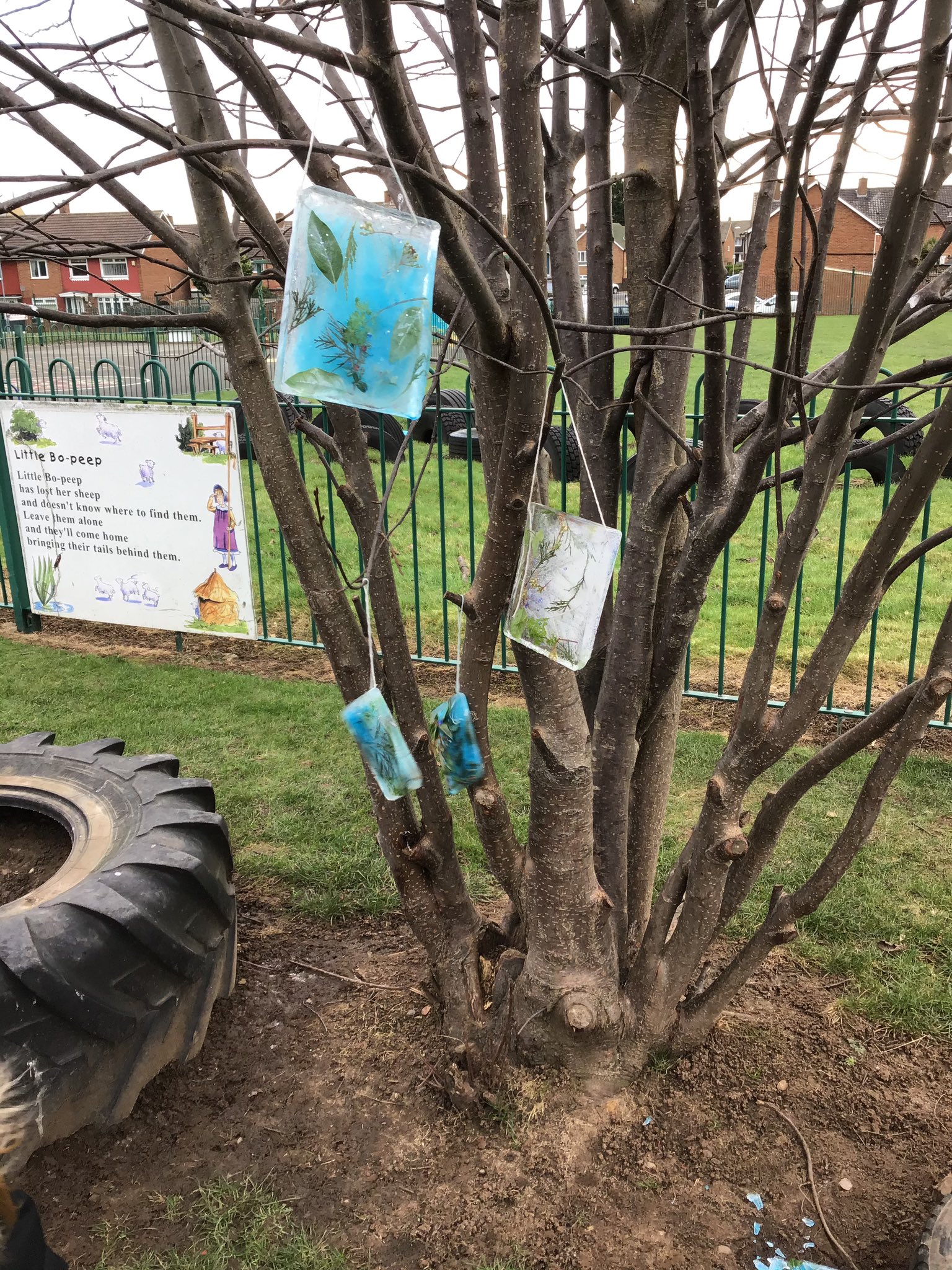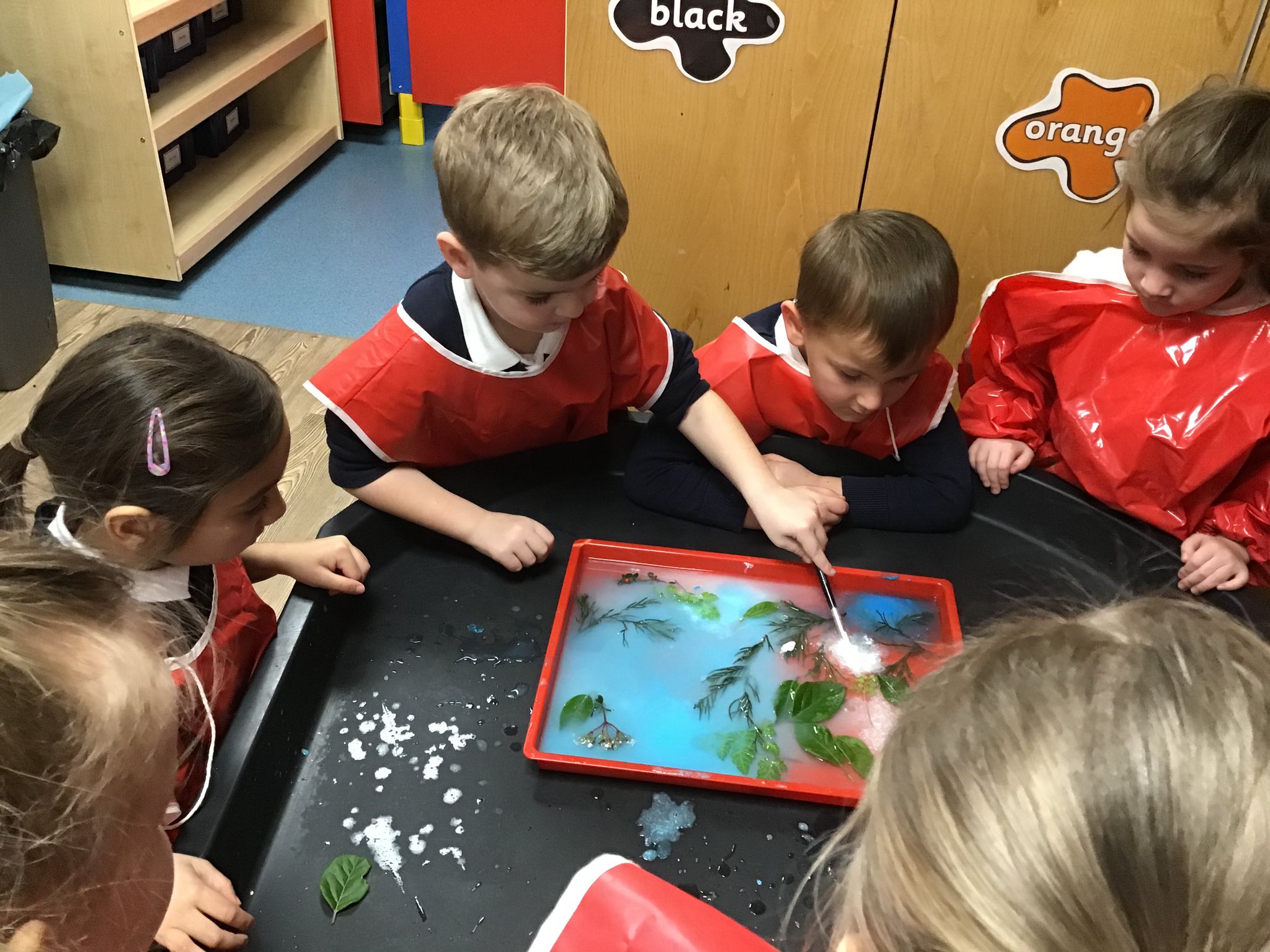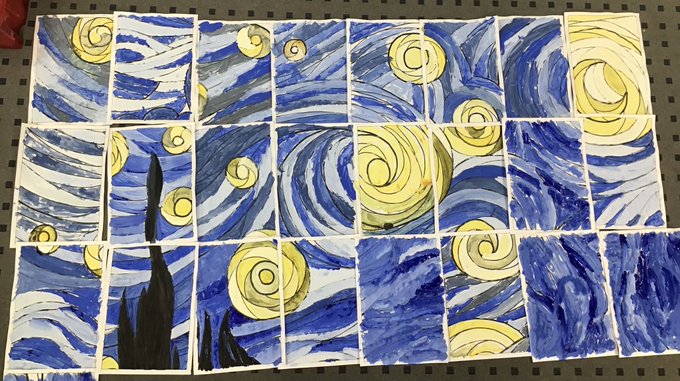In order to develop the ability to use visual language skilfully and convincingly (for example, line, shape, pattern, colour, texture, form) to express emotions, interpret observations, convey insights and accentuate their individuality, our curriculum is underpinned by three key concepts:
|
Develop Ideas This concept involves understanding how ideas develop through an artistic process. |
|
Master Techniques This concept involves developing a skill set so that ideas may be communicated. |
|
Take Inspiration from the Greats This concept involves learning from both the artistic process and techniques of great artists and artisans throughout history. |
Art is taught through both ‘blocking’ and ‘cross-curricular’ approaches to allow art and design links to be made, as well as links with and across other subjects. Careful thought has been placed upon the sequencing of content so that pupils build upon prior learning and make connections. The curriculum has been specifically designed in this way to allow for a greater number of opportunities for children to work at a greater depth, deepening understanding, promoting critical thinkers and ensuring pupils know and remember more. The curriculum is a progressive model so that by learning the content pupils will make good progress as they move through the school from Early Years to Year 6. Challenge is inherent because the ambition is high for when Easterside Academy pupils leave our school.
Our aim is for all pupils to see themselves as artists and have a real passion and commitment for the subject and an enthusiastic engagement in its teaching and learning. We do this through an active curriculum that incorporates the outdoors where possible; providing our pupils with ‘memorable’ experiences and visits; as well as working alongside and with ‘artists’ specialising in different art and design forms.
Through the art and design curriculum pupils are exposed to a variety of different artists, craft makers and designers, helping to develop a secure knowledge and understanding of visual and tactile forms, including drawing (2D/3D) and digital media.
We aim for pupils to think and act like creative practitioners by using their knowledge and understanding to inform, inspire and interpret ideas, observations and feelings. Pupils will be able to select and utilise materials, processes and techniques skilfully and inventively, in order to do this.
We want all pupils to draw confidently and adventurously from observation, memory and imagination, working independently and collaboratively on both small and large scales.
They will be encouraged to and provided with the skills needed to ‘peer critique’ their own and others work – ‘Be Kind, Be Specific, Be Helpful’. This technique is explicitly taught throughout our whole curriculum, developing resilience, perseverance and supporting pupils to improve their work further.
Pupils art work is celebrated through ‘Open Mornings’, showcasing ‘Beautiful Work’, ‘displays’ and art exhibitions.
Art Outcomes
Art in Early Years
Art Progression Y1 to Y6
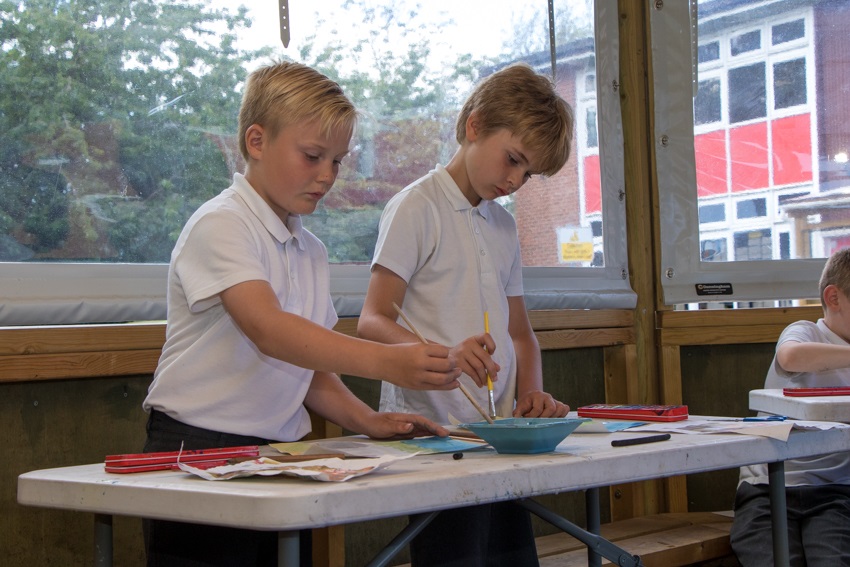
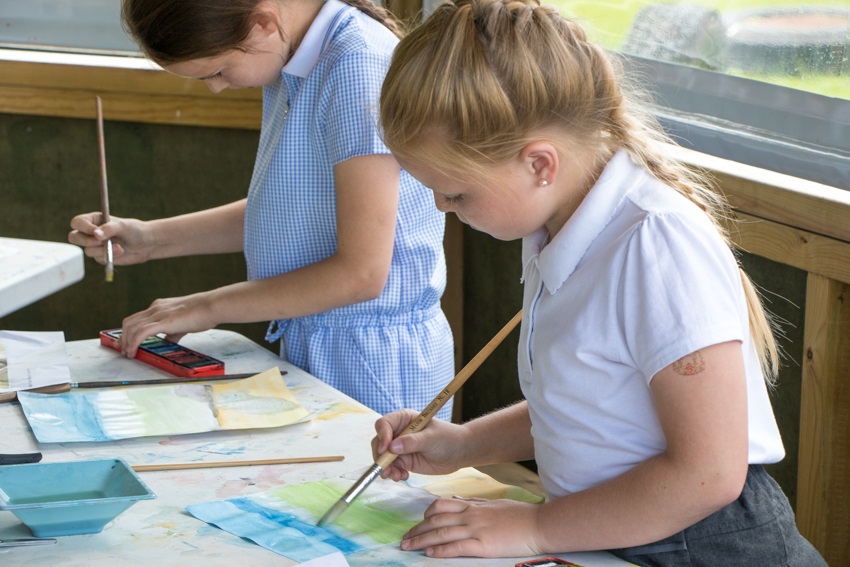
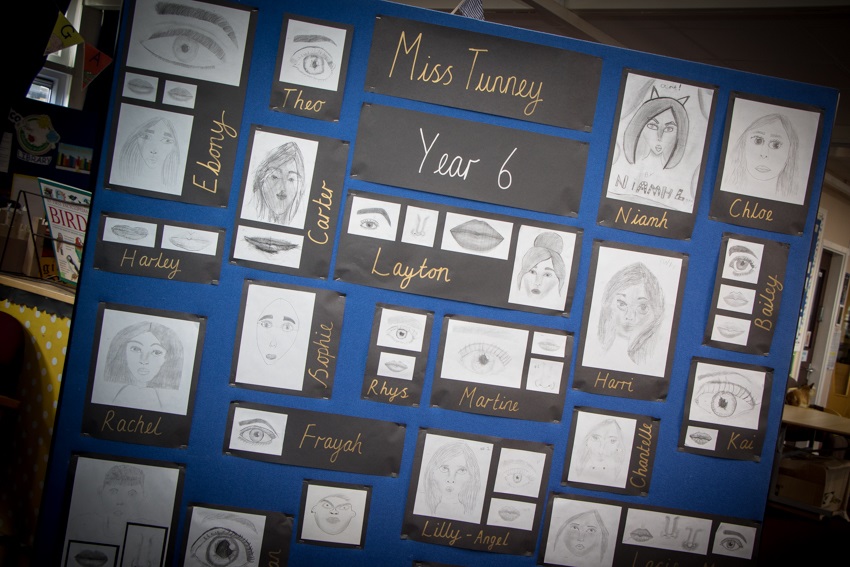
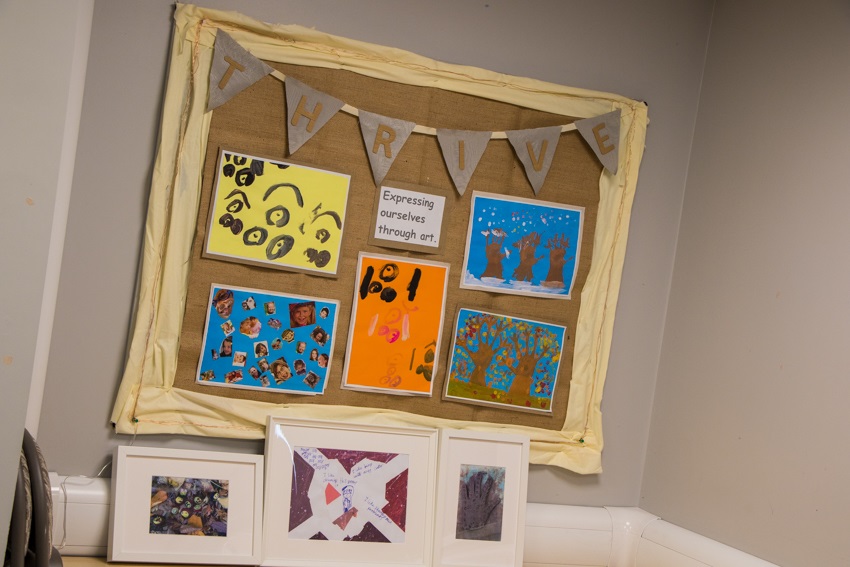
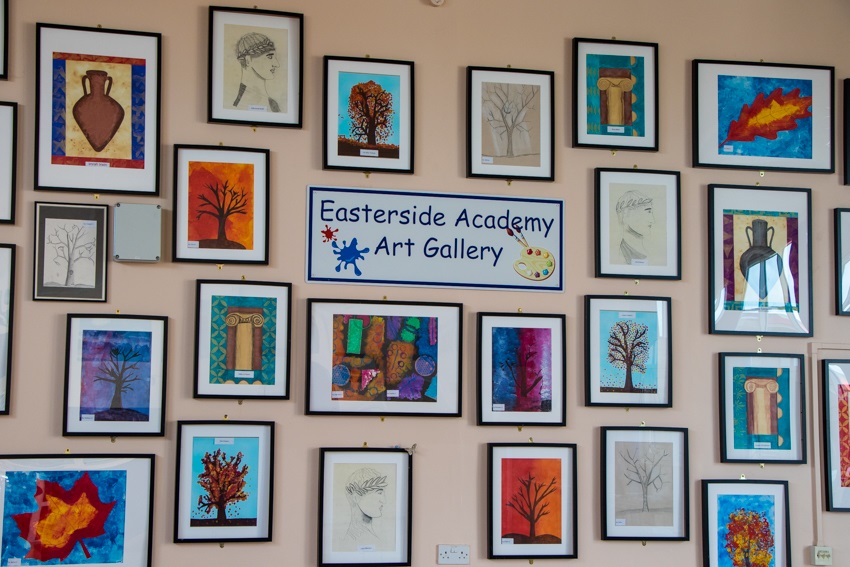

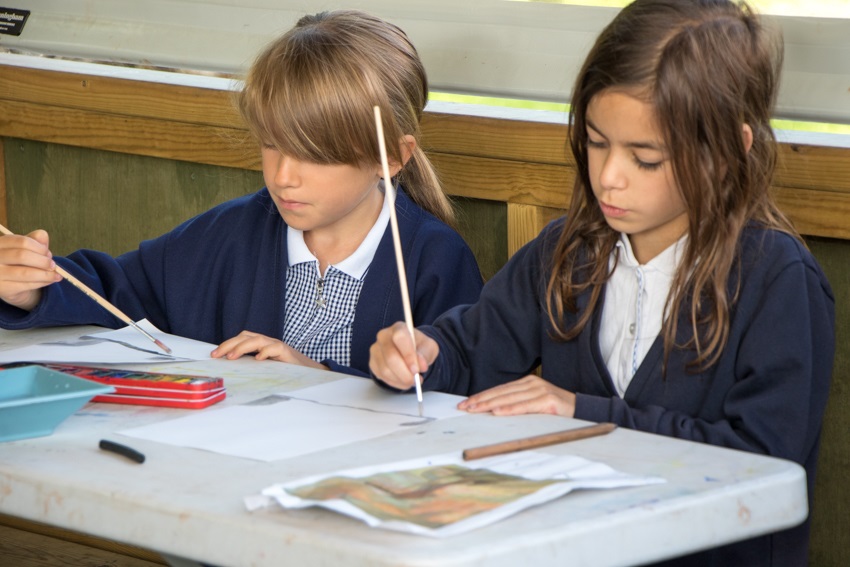
.jpg)
.jpg)
